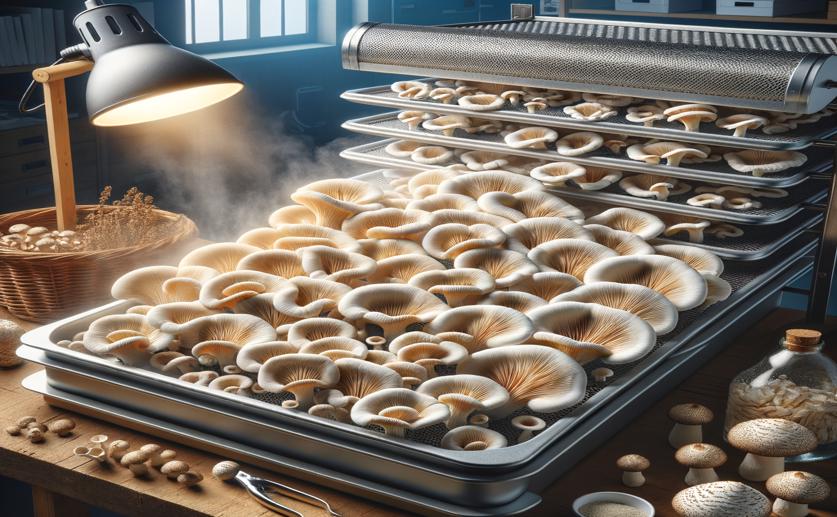
Drying Process and Moisture Study of Oyster Mushrooms Using a Tray Dryer
Greg Howard
18th September, 2024

Image Source: Natural Science News, 2024
Key Findings
- The study from Wollo University focused on optimizing the drying process for oyster mushrooms using a tray dryer with hot air
- Researchers identified the best drying conditions by testing different temperatures (50-75 °C) and airspeeds
- Advanced techniques revealed how drying affects the nutritional quality and mineral composition of the mushrooms
References
Main Study
1) Data on drying kinetics, moisture sorption isotherm, composition study of Ethiopian oyster mushroom (Pleurotus ostreatus mushroom) drying in tray dryer.
Published 17th September, 2024
https://doi.org/10.1016/j.dib.2024.110861
Related Studies
2) Nutritional quality of Oyster Mushroom (Pleurotus Ostreatus) as affected by osmotic pretreatments and drying methods.
3) Study on the Rehydration Quality Improvement of shiitake Mushroom by Combined Drying Methods.



 25th June, 2024 | Jenn Hoskins
25th June, 2024 | Jenn Hoskins